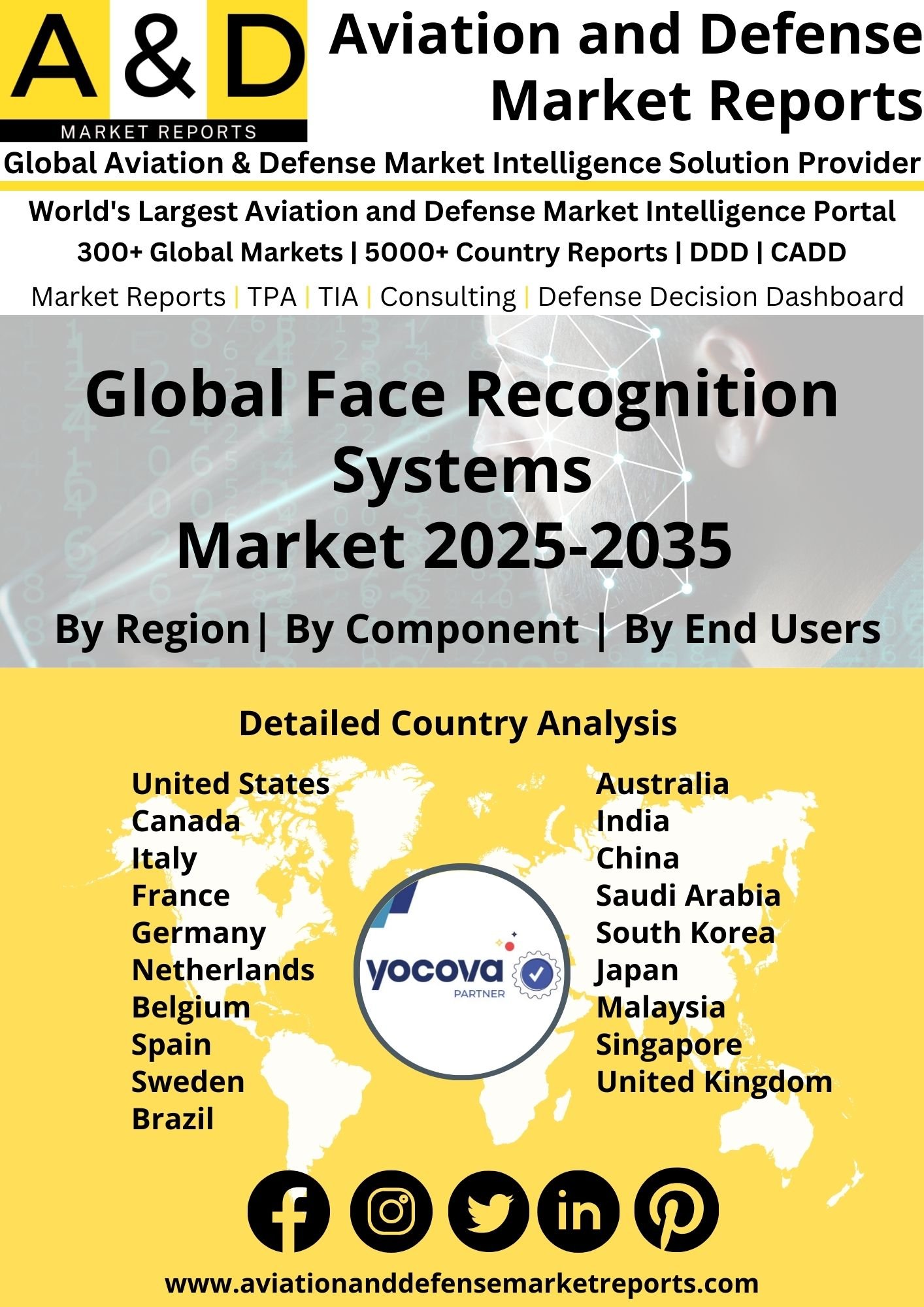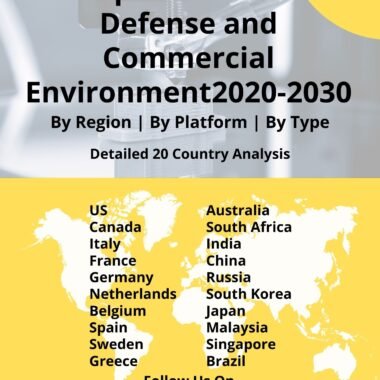Description
Face Recognition Systems Market
Frequently Asked Questions of Face Recognition Systems Market
Face recognition systems are biometric technology-based systems that identify or verify individuals by analyzing their facial features. These systems use advanced algorithms to capture, process, and compare facial patterns from images or video footage. Face recognition has gained significant popularity and adoption in various applications, including security, authentication, surveillance, and personalized user experiences.
Face recognition systems start by detecting and locating human faces within an image or video stream. This process involves identifying facial landmarks and distinguishing them from the surrounding background. Advanced face detection algorithms can handle variations in lighting conditions, pose, facial expressions, and occlusions. During the enrollment process, face recognition systems capture and store the unique facial features of individuals in a database. This involves extracting and encoding specific facial landmarks, such as the distance between the eyes, the shape of the nose, or the contours of the face. The enrolled data serves as a reference for future comparisons.
When a face is presented to the system for identification or verification, the stored facial features are compared with the captured face in real-time. The face recognition algorithms analyze the similarities and differences between the facial patterns to determine a match. If the captured face matches a reference face in the database within a certain threshold, the system recognizes the individual. The accuracy and performance of face recognition systems have significantly improved over time. Advanced algorithms leverage machine learning and artificial intelligence techniques to enhance accuracy, robustness, and adaptability. These systems can handle variations in lighting, pose, expressions, age, and even partial occlusions, leading to more reliable and efficient recognition.
Face recognition systems find applications in various fields. In security, they are used for access control in buildings, airports, and other restricted areas. They are also employed in law enforcement for identifying suspects or enhancing video surveillance. Face recognition systems enable convenient and secure authentication for mobile devices, online services, and digital payments. Additionally, they are used in personalized experiences, such as personalized advertising or customer recognition in retail settings.
Major factors driving Face Recognition Systems Market Growth
The access control market is driven by the increasing need for enhanced security, advancements in technology, and regulatory requirements. The market offers opportunities for access control system manufacturers, integrators, and service providers to develop and deliver innovative solutions that address the evolving security challenges faced by organizations across various sectors.
Trends influencing the Face-Recognition Systems Market Size
AI and analytics are being incorporated into access control systems to improve security and operational efficiency. AI-powered algorithms can detect anomalies, identify unusual behavior patterns, and generate actionable insights from access control data. This helps in identifying potential security threats, streamlining access management processes, and optimizing resource allocation.
Face-Recognition Systems Market Forecast & Dynamics
The security and surveillance sector accounts for a significant share of the face recognition systems market. Face recognition technology is widely used in video surveillance systems for real-time monitoring, identifying suspicious individuals, and enhancing security in public places, transportation hubs, critical infrastructure, and commercial establishments. The face recognition systems market has experienced significant growth in recent years, driven by increasing demand for advanced security solutions, enhanced user experiences, and the proliferation of facial recognition technology across various industries. The market encompasses a wide range of applications, including security and surveillance, access control, identity verification, marketing and advertising, and customer experience personalization.
The market forecast encompasses a thorough market analysis and assessment of market size. The analysis comprises an evaluation of regional market size, factors driving growth, constraints, and potential opportunities. Furthermore, the regional analysis also includes an examination of market size specific to each country.
Face Recognition Systems Market Analysis for Recent Developments
The Indonesian government is working on a facial recognition technology to identify passengers using the country’s transit system. According to the publication’s sources, Gambir Station, a large train station in Jakarta’s capital, has been deploying facial recognition technology at four boarding gates since May 17, 2023. Passengers boarding trains at one of the four gates are not obliged to present their ID or tickets. Gambir Station, Bandung Station, Yogyakarta Station, Surabaya Gubeng Station, Malang Station, Cirebon Station, and Semarang Tawang Station have all used the technology as of June 5, 2023. Indonesia has been seeking major money to support the development of digital identities.
In January 2023, it was reported that Indonesia could receive $250 million from the World Bank Group’s International Bank for Reconstruction and Development (IBRD), which would be used to improve civil registration and increase the use of biometric digital identification for accessing public and private sector services.Facial recognition is being utilised to pay for access and public transport in other parts of the world. In May, Beijing Subway revealed plans to adopt palm biometrics-based payments on the high-speed Daxing International Airport Line, utilising Tencent’s WeChat Pay technology.
Global face recognition systems have undergone notable advancements, reshaping the landscape of security, identification, and technology integration. Cutting-edge developments have enhanced the accuracy, speed, and capabilities of these systems, positioning them as integral components in various sectors. The integration of artificial intelligence and machine learning algorithms has significantly improved the ability of face recognition systems to accurately identify individuals, even in challenging conditions such as low light or crowded environments. This technology is widely deployed in security and surveillance applications, contributing to more effective and efficient monitoring and identification processes.
In addition to security, face recognition systems have found applications in industries like finance, healthcare, and retail, streamlining processes and enhancing user experiences. Facial recognition technology is increasingly being used for access control, secure transactions, and personalized services. Concerns related to privacy and ethical use have prompted ongoing efforts to establish guidelines and regulations governing the deployment of face recognition systems. Striking a balance between technological innovation and safeguarding individual rights remains a key focus for policymakers and industry stakeholders. The advancements in global face recognition systems in 2023 reflect a convergence of cutting-edge technology and expanding applications, with ongoing efforts to address ethical considerations and ensure responsible deployment across various sectors.





